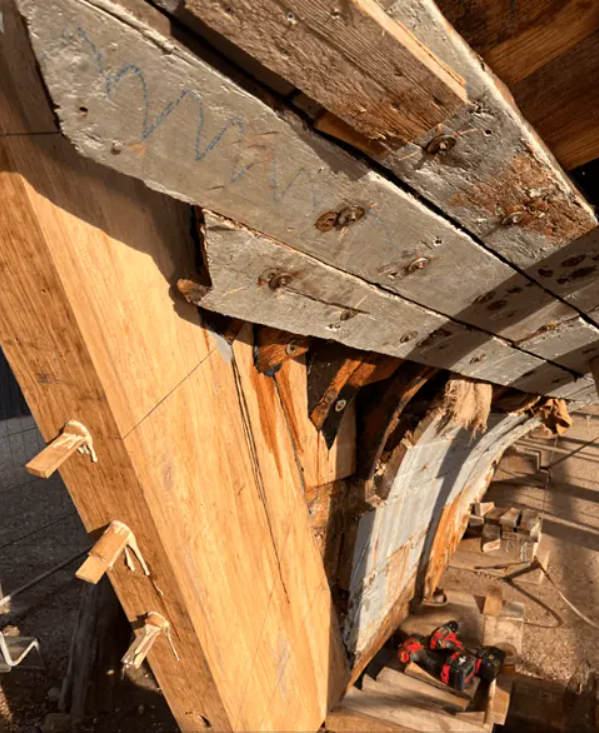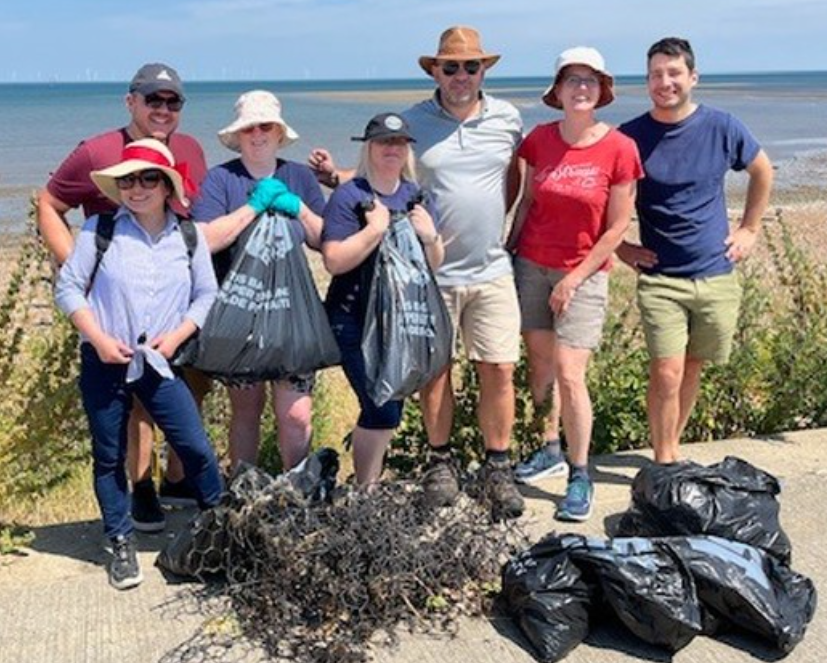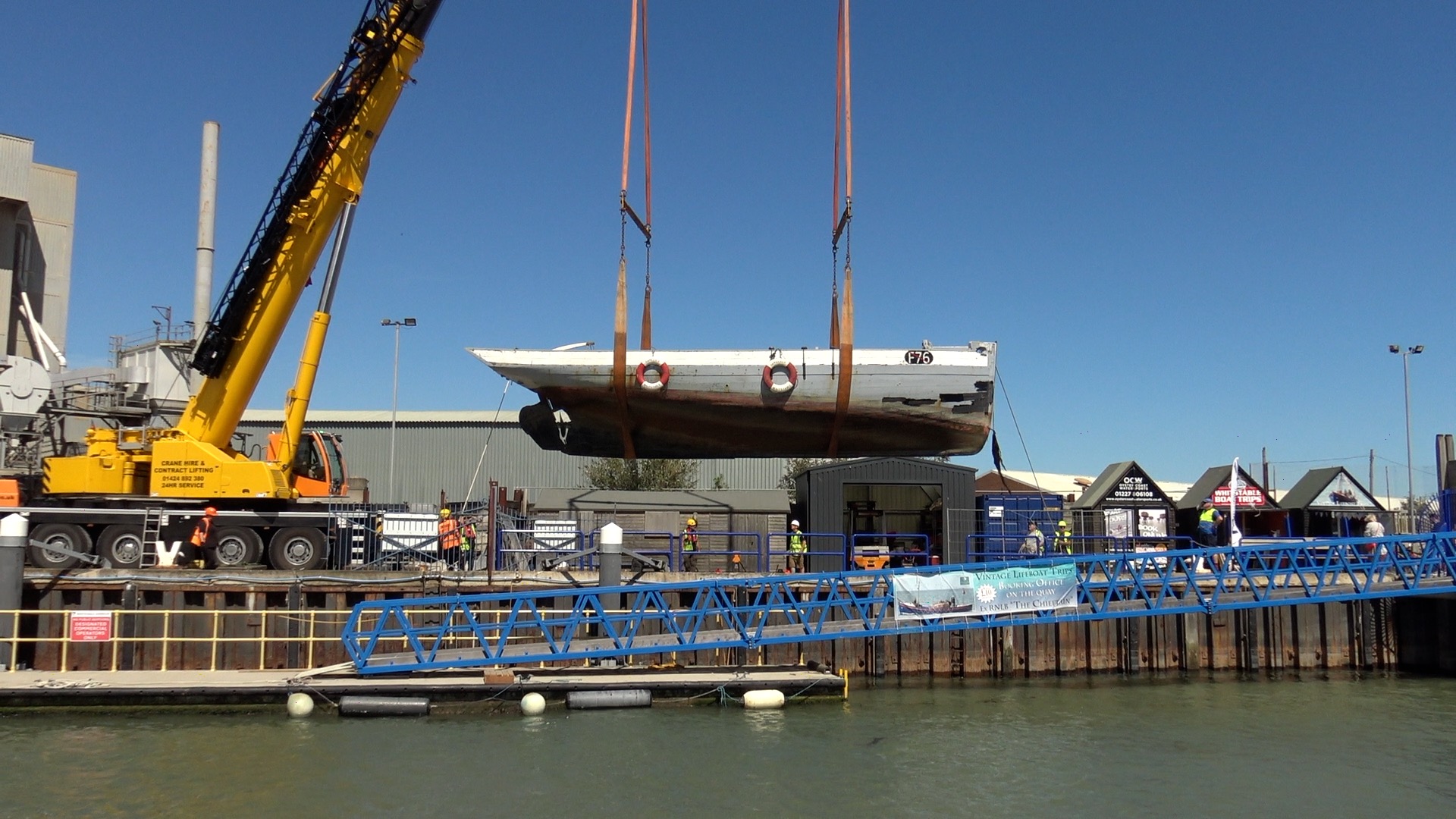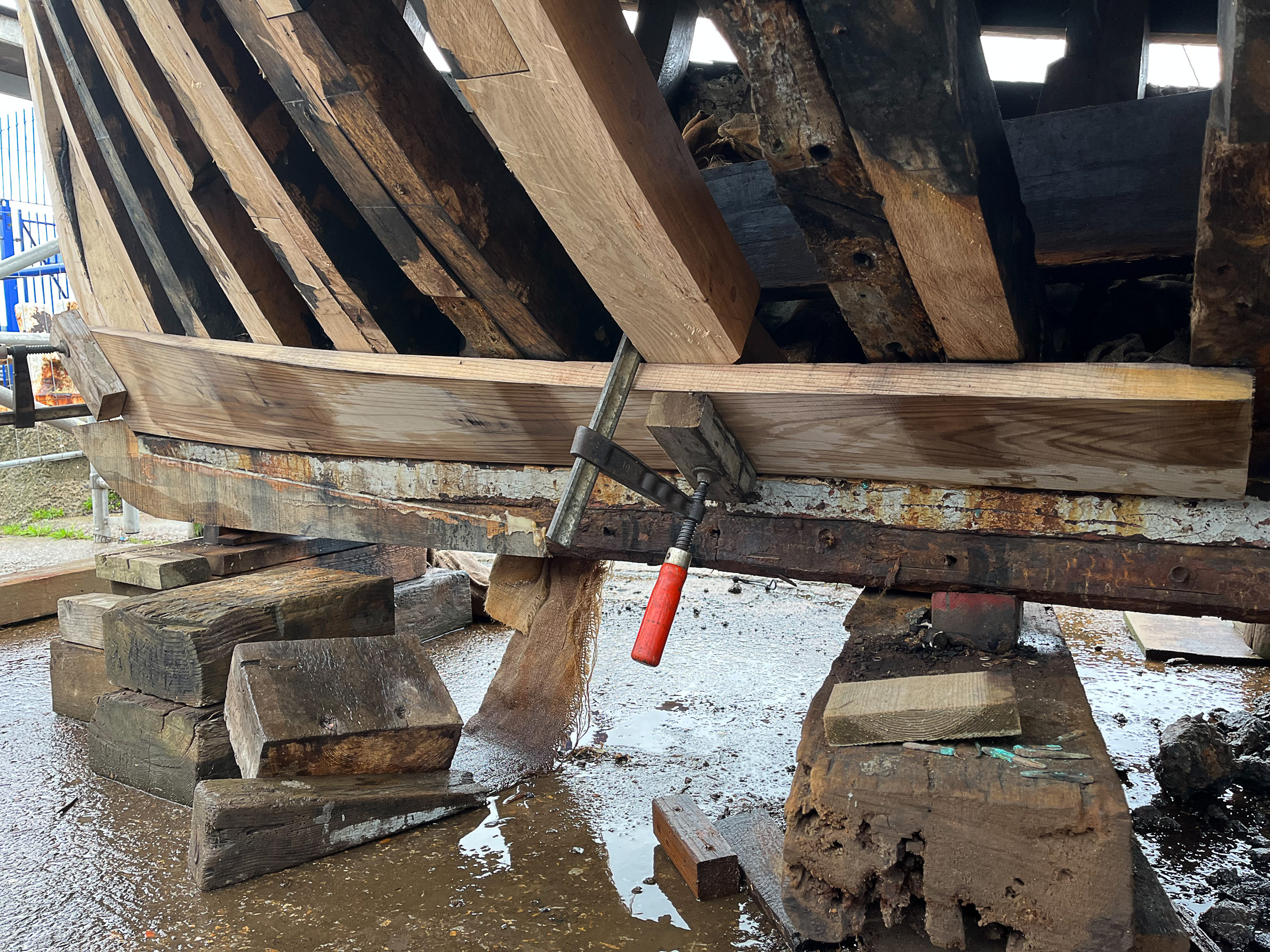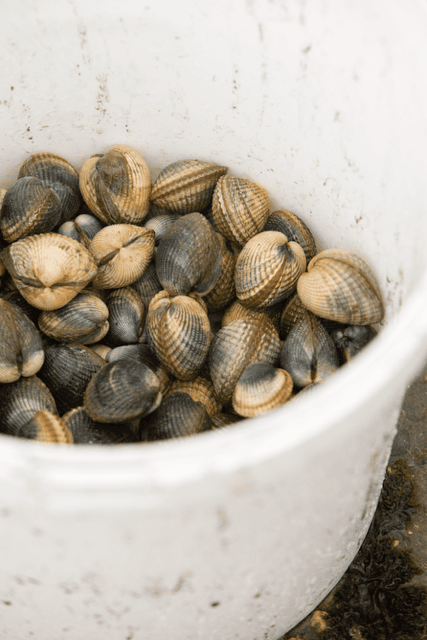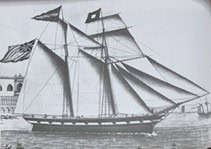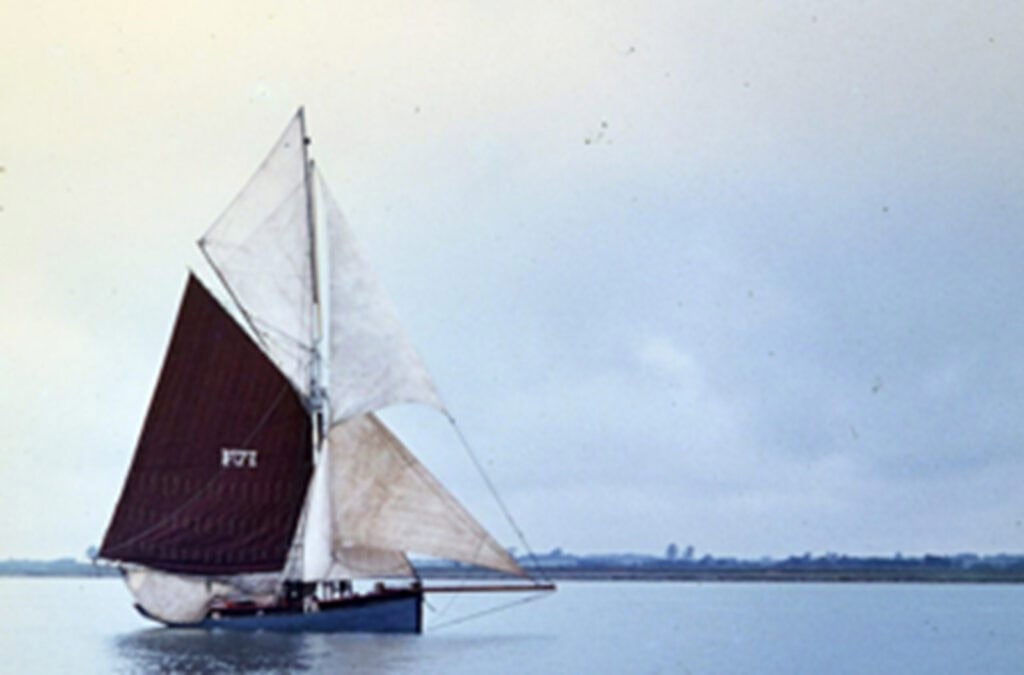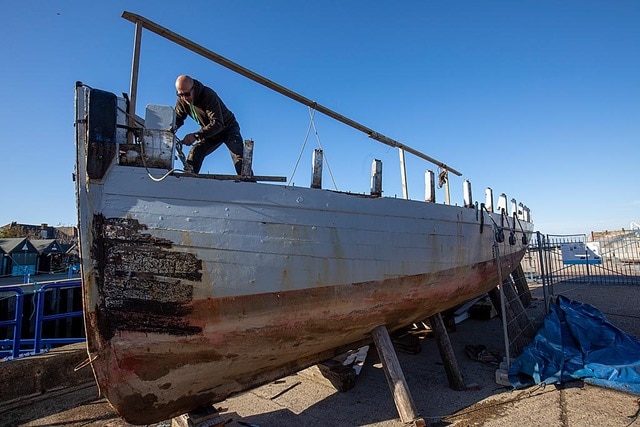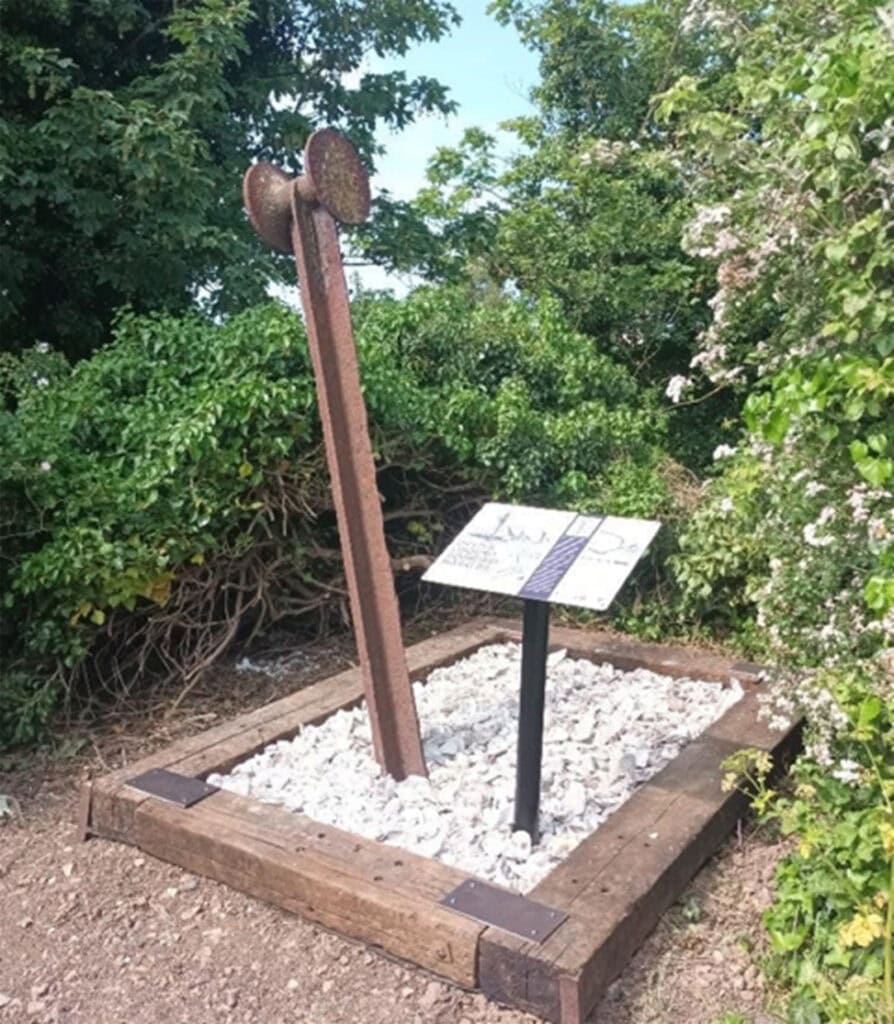You are probably aware that we are using trunnels (wooden pegs and modern glues) on Gamecock rather than metal fixings, but do you know why? There are two good reasons, both relating to the environment.
Firstly, when cutting curved pieces of timber out of planks there is inevitably a high amount of waste: and Gamecock has a lot of curves! This is particularly distressing when the timber is rare and expensive hardwood. So there is an immediate benefit if we can cut the pegs out of the waste hardwood. The fixture is at least as strong as metal nuts and bolts. In a test on the East Quay the Volunteers had great fun using trunnels when moving their workshop, a large metal container full of tools.
Secondly, we are expecting the use of trunnels to extend the life of Gamecock beyond 60 years. The April 2024 edition of the American magazine ‘Wooden Boats’ has several articles expounding the benefits of trunnels following the capsize in 2017 of a 25 foot Nordic Folkboat built in 1951. When the craft was recovered it was clear that the metal keelbolts holding the one-ton cast-iron keel had come away and all of the ballast was now on the bed of a Norwegian fiord. Outwardly the keelbolts looked healthy but they had corroded to thin needles because of galvanic action and acidity in the oak.
Apparently as the metal corrodes it diffuses positive ions in to the water so that only electrons remain in the iron and they react with water and oxygen to produce rust. Stainless steel is less prone to this process but the more resistant forms are significantly more expensive and, off course, do not utilise the waste oak. The other consideration is corrosion of metal fixtures from the acidity released by wet, salty timber. Oak has a high level of acidity but even Douglas Fir, popular with boat-builders, can degrade metals. Our Volunteers spent over a Year extracting deeply embedded and corroded metal fixtures from timbers on Gamecock that we wished to retain.
When trunnels are used they need to be of a similar density to the wood they are fixing. If the trunnel is too dense then it is likely to split or distort the timber in to which it is being driven: if not dense enough then it is likely to come loose over time. So, in the case of the Gamecock the waste oak is ideal for fixing to the oak frames and fits well with our attempts to protect the environment.

